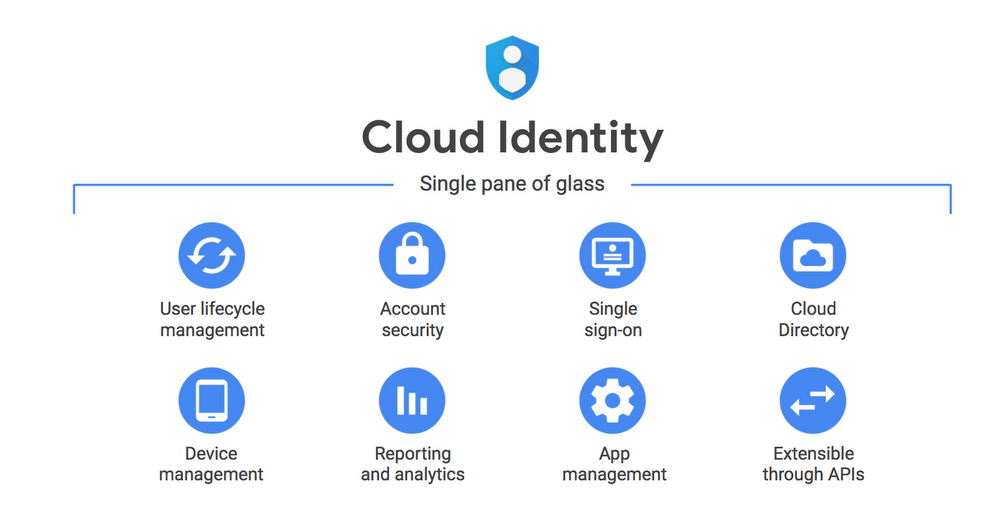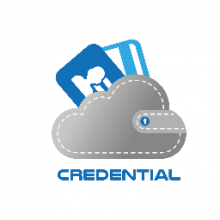Updated on February 2, 2021

There’s been a movement in the past few years to innovate in the identity management space – for a variety of reasons including cloud transformation, remote work, security, and more. Most of that innovation in the IAM space has been around cloud identity management – shifting the process of authentication and authorization to the cloud.
Hybrid identity starts as a supporting role (it supports all other cloud solutions by providing authentication) and goes on to provide new and interesting capabilities that unlock new workloads for users. These workloads or services that you wish to adopt for your users will dictate the requirements for the hybrid identity design. Cloud identity management creates a heightened sense of visibility over every cloud platform, application, and service in an organization’s multi-cloud environment. It helps discover, protect, and govern access to all data and applications across your cloud infrastructure.
Unfortunately, the initial take on this was effectively single sign-on to web applications or what many have called IDaaS. More recently, though, next-generation approaches have moved on from just extending Active Directory to developing full blown IAM systems in the cloud, without the need for on-prem infrastructure or add-ons, endemic to the IAM industry.
Definition of Cloud Identity Management
Cloud identity management is a lot more than just a simple web app SSO solution. Think of this as the next generation of IAM; a holistic shift of the entire identity infrastructure to the cloud, including the identity provider, SSO, MFA, PAM, IGA, and much more. Called JumpCloud Directory Platform, this approach is the modern adaptation of the traditional, on-prem and legacy solutions like Microsoft Active Directory (AD) and Lightweight Directory Access Protocol (LDAP), along with their add-ons of web application single sign-on, multi-factor authentication, privileged access management, identity governance and administration, and more.
The modern adaptation of the directory service is optimized to be used across any device, on any operating system, with any on-prem or web-based application or any cloud, on-prem, or remote resource. Modern cloud IAM solutions are also focused on being multi-protocol to enable virtually any IT resource to connect in their ‘native’ authentication language.
A Modern Cloud Identity Management Solution such as a Cloud Directory Platform Lets You:
Google Cloud Identity Premium
- Securely connect employees to their devices (systems, mobile, servers), IT applications (on-prem or the cloud), files (cloud hosted or on-prem) and networks via VPN or WiFi
- Leverage best in class security using Zero Trust principles
- Limit management overhead and improve security and user manageability
- One touch provision users to virtually all of their IT resources and with HRIS integration
- Connect your cloud servers (hosted at AWS, Google Cloud, Azure, or elsewhere) to your existing AD or LDAP user store
- Extend your existing AD or LDAP directory to the cloud
- Manage your Windows, Linux, and Mac desktops, laptops, and servers regardless of location
- Connect users to applications that leverage either LDAP or SAML-based authentication
- Manage user access to VPN and WiFi networks securely through a cloud RADIUS service
- GPO-like capabilities across Mac, Windows, and Linux devices for remote system management
- System-based and application-level multi-factor authentication (2FA)

In a sense, all of these capabilities create a platform that connects users to virtually all of their IT resources regardless of provider, platform, protocol, or location while also enabling admins to automate the on-boarding and off-boarding process. Further, in an era of security, privacy, and compliance being top of mind, a modern cloud identity management platform can provide detailed visibility into all access transactions.
As IT admins know, legacy identity management solutions struggle in an era of cloud services, mixed-device environments, Google Workspaces/Microsoft 365, AWS, and more. The JumpCloud approach to cloud identity management makes quick work of being a modern directory or extending your existing directory to the cloud with a powerful, easy-to-use SaaS-based solution.
Cloud Identity Connect
Positive Impacts of Cloud Identity Management
Cloud Identity Sso
Cloud identity management can be crucial to your organization. It can influence the productivity of your employees in an era of remote work and the security of your organization when IT can’t physically control all variables. It can also have a massive influence on what technology solutions you choose. If you are locked into certain platforms or providers because of your existing directory service / identity management solution, take a look at a vendor-neutral cloud identity management solution.
Cloud Identity And Access Management
Drop us a note to learn more about how JumpCloud’s modern take on IDaaS can support your organization. Please also check out our cloud identity provider for yourself by signing up for a free account. Your first 10 users and 10 systems are free. Also, you’ll get 10 days of 24×7 Premium in-app chat support.

